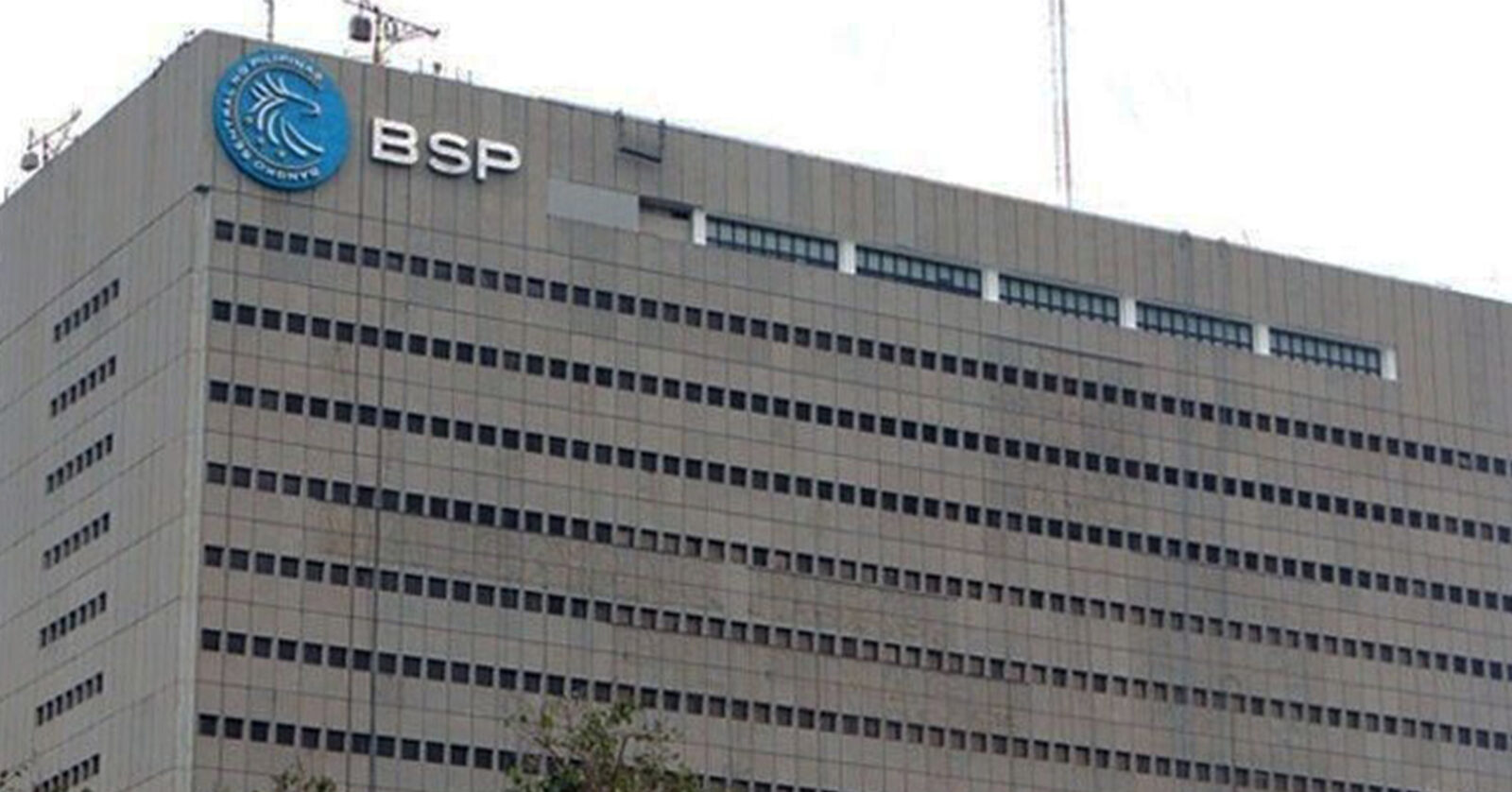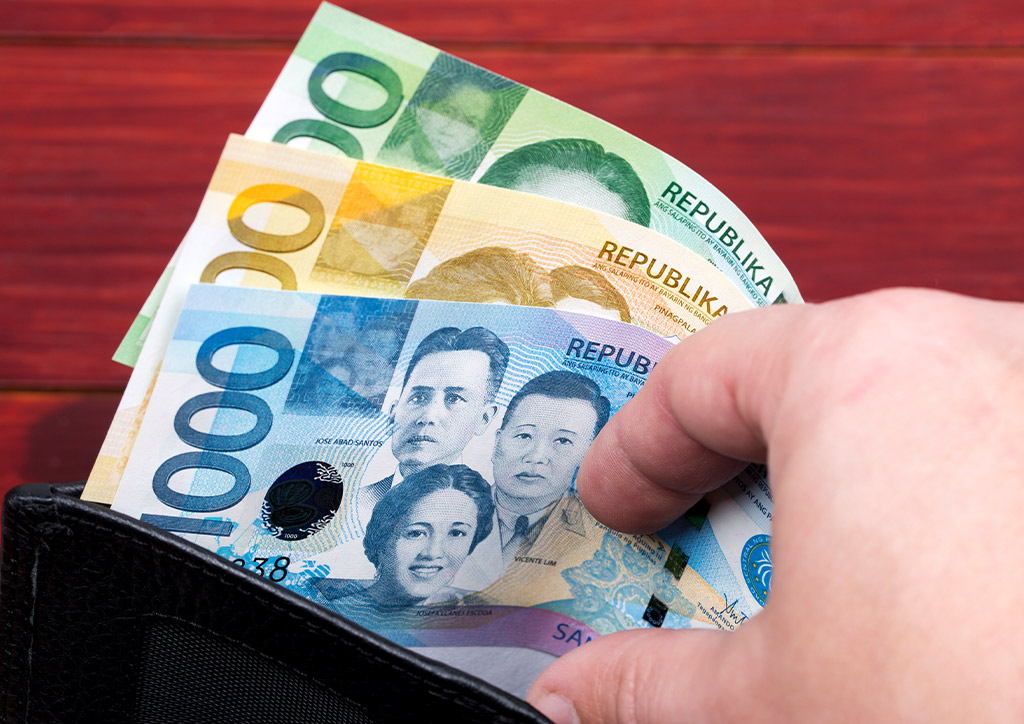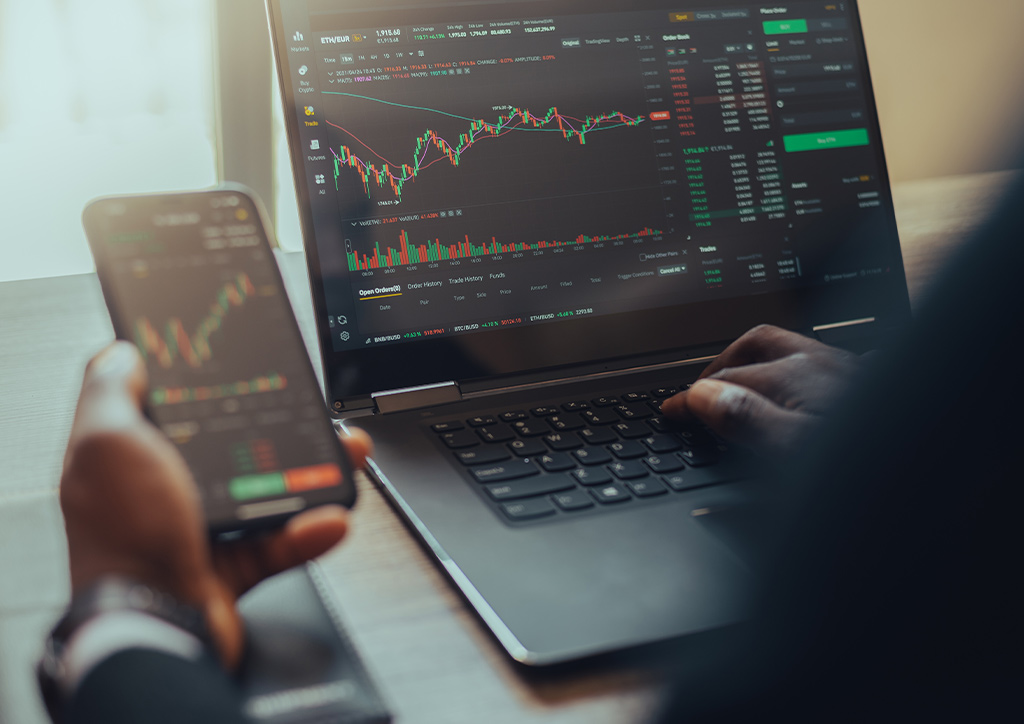Bangko Sentral Raises Benchmark Rate by 50 Basis Points—Is That a Good Thing?

The Bangko Sentral ng Pilipinas announced that it will be hiking the benchmark rate by 50 basis points to 3.75%. But what does that mean?
Growing shortages around the world and the rising costs of day-to-day commodities… these are clear signs of inflation. A prevalent concern that has plagued the country and the government, now authorities are finding ways to fix it. Thus, in a move to slow down inflation, the Bangko Sentral ng Pilipinas (BSP) raised its benchmark rate by 50 basis points.
But what is a benchmark rate? Also known as reference rates, benchmark rates are defined as “regularly updated interest rates that are publicly accessible.” Moreover, they are used as a basis for all kinds of financial contracts—from mortgages to bank overdrafts, and other more complex financial transactions. Moreover, it’s used by banks to price loans for consumers and businesses.
Benchmark rates are usually calculated by an independent body—in this case, the BSP—and reflect the cost of borrowing money in different markets. Examples include reflecting how much it costs for banks to borrow from each other, and how much it costs banks to obtain funds from other sources—like pension, insurance, and money market funds.
Since these benchmark rates are very important in the financial system, banking system, and the overall economy of the country, they are a product of monetary policy decisions, which affect the pricing of items. In fact, the level of difficulty for banks to access money tells you how readily those same banks will be able to pass that money on in the form of loans to businesses and people.

Factors Affecting the Rise of Benchmark Rates
To date, the BSP has hiked its overnight reverse repurchase rate or policy rate by 175 basis points to 3.75%. While the BSP has maintained its benchmark rate at a historic low of just 2% prior to this, circumstances like the COVID-19 pandemic have forced it to increase the rate in order to prop up the economy.
“The BSP’s latest baseline forecasts have shifted higher for 2022, with average inflation projected to breach the upper end of the 2 to 4 percent target range at 5.4%,” explained BSP Governor Felipe Medalla. He added that the central bank has also raised its inflation forecast for the year, since inflation rose to 6.4% in July with the prices of food, fuel, and transport on the rise.
On the other hand, the BSP has lowered its inflation forecast for 2022 to 4% from 4.2% and for 2023, to 3.2% from 3.3%. Despite this, however, Medalla noted that “the inflation target [still] remains at risk over the policy horizon owing to broadening price pressures.”
“Elevated inflation expectations likewise highlight the risk of further second-round effects,” he warned.
Even with these forecasts, there’s still no telling what may happen in the coming months. According to the BSP chief, inflation may still increase in 2023, given the potential impact of higher global non-oil prices, the continued shortage in domestic fish supply, the sharp increase in the price of sugar, as well as pending petitions for transport fare increases, among many other factors.

Forecasts on Inflation
On the other hand, factors that may slow inflation include a weaker-than-expected global economic recovery as well as the resurgence of local COVID-19 infections—both of which don’t sound promising. While Medalla expressed that the BSP expects inflation to peak by October or November this year, this goes against Finance Secretary Benjamin Diokno’s earlier statement that inflation may have already peaked in July at 6.4%.
“It is impossible for tightening not to reduce economic growth,” Medalla said. “However, it is still possible that even with possibly additional measures, respectable growth is still possible. I think I will leave it at that. I wish I could tell you this is the last increase.”
Adding that further rate hikes were possible, Medalla said that the economic recovery was strong enough to withstand further tightening of monetary policy.
And while the BSP focuses on inflation forecasts, the government’s economic managers have their eyes set on the country’s Gross Domestic Product (GDP), especially since they expect it to grow between 6.5% to 7.5% this year. In fact, GDP grew by 7.4% in the second quarter—from 8.2% in the first. And on a quarter-on-quarter basis, GDP growth fell by -0.1%, according to the state statistics bureau.
However, Medalla said that the BSP’s main focus was price stability. “Whether respectable growth is lower or within the DBCC target of 6.5 to 7.5 percent is, of course, important to us,” he explained. “But at the same time, to us, price stability is the primary concern.”

Gross Domestic Product vs. Inflation
How do all these connect? First off, GDP is defined as the “total monetary or market value of all the finished goods and services produced within a country’s borders in a specific time period. As a broad measure of overall domestic production, it functions as a comprehensive scorecard of a given country’s economic health.” Thing is, when computing for GDP, it factors in inflation by deducting the inflation rate percentage from the total GDP.
On the other hand, inflation rates refer to “the rate of increase in prices over a given period of time.” A broad measure, which includes the overall increase in prices or the increase in the cost of living in a country, inflation is usually measured based on a benchmark—the benchmark rate. Thus, by increasing the benchmark, adjustments are made in computing and forecasting for inflation.
As for the relationship between GDP and inflation, it’s a delicate one. For stock market investors, annual growth in GDP is important, as it acts as a driving force in increasing their profits—the primary driver of stock performance. But too much GDP growth can be dangerous, as it comes with an increase in inflation, which can “erode stock market gains by making our money (and future corporate profits) less valuable.”
Given that over time, GDP growth causes inflation, when left unchecked, this can become hyperinflation. The result? People will keep spending more money because they know that it will be less valuable in the future. While it causes GDP to grow in the short term, it also causes price increases due to growing demand, thereby leading to possible shortages in supply.

Rising Benchmark Rates: Good or Bad?
For sure, high inflation rates mean a higher rate at which prices increase. However, external factors cause these price increases and nothing can permanently safeguard the country from growing costs.
Thus, to safeguard the public from large price hikes, companies, and even the government themselves, have been implementing price increases in increments. Even the BSP is doing this by increasing the benchmark rate. In fact, Medalla added that these hikes are necessary now if the Philippines wants to avoid more significant, more painful rate hikes in the future.
“We are not really hard-hearted economists here. We are soft-hearted but we have hard heads. If you take a long-run view, there is no conflict between the central bank maintaining the confidence that the economy will have price stability,” he explained.
Moreover, the BSP’s recent interest rate hikes have also kept the Philippine peso from further weakening—versus the US dollar, given that it has surged this year due to aggressive rate hikes by the US Federal Reserve.
So is it good or not? Only time will tell.
RELATED STORIES:
It’s Business as Usual for Marco Polo Ortigas Manila Post-Lockdown
Summary of the 2022 SONA: The Marcos Administration’s Priority Bills
Bloomberg Economics Analyst: Indonesia and Philippines to Outperform ASEAN




